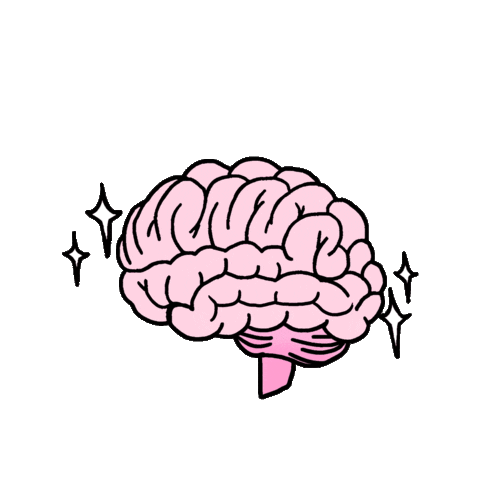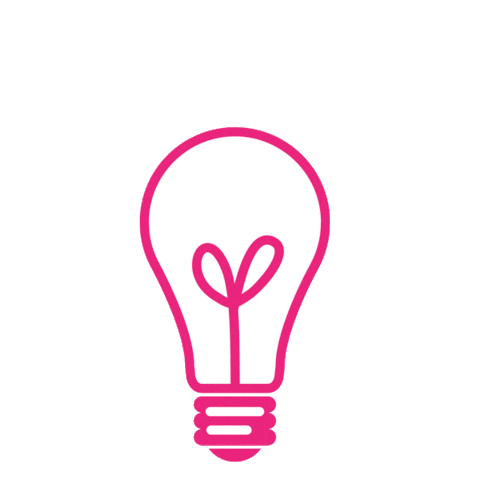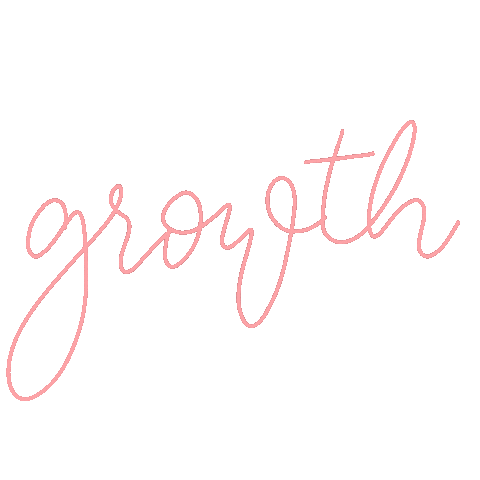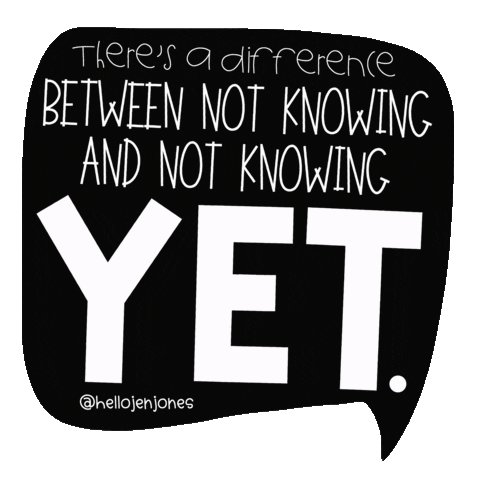Significant Learning Environments
Learning in the 21st century is completely different than the way learning has been done before. We now have access to a variety of amazing educational tools that we never could have imagined! Who would’ve thought that learners could have access to anything they would want to learn about- all at the tips of their fingers?! Talking to my great-grandparents, grandparents, and even my parents, they reflect on how just a few years ago, they could not learn something new in seconds using something called a “cell phone” or “tablet”. With a cell phone, people can contact others, watch educational videos, research questions they have, and play educational games! The power to learn something new is so easily available to us! In fact, even very early in life, “learning is fundamentally an easy thing that we do….it is natural, and it’s effortless- everywhere BUT school” (Thomas, 2012).
Why is that the case?
Due to standardized testing, education has changed immensely. The focus is no longer on exploring, researching, inquiring, or playing to learn. The focus is on standardization, surveillance, and normalization (Thomas, 2012). Currently, education is not authentic, purposeful, or meaningful to a students’ life- but that can change!
A New Age of Learning & Teaching
With so many new educational tools and programs, as well as technology devices easily available- the possibilities are endless. The teacher is no longer the one and only source of information for students. According to Brown and Thomas (2011), a new culture of learning consists of a “massive information network that provides almost unlimited access and resources to learn about anything” (p. 19). This allows a teacher's role to shift from the primary source of information to a facilitator of learning. The focus can transfer from “content” to “context”. Teachers can focus on individualizing student instruction based on their needs, imagination, passions, and prior experiences.
Creating a Significant Learning Environment for students has many benefits. When a student is focused on learning about their passions, they cannot be stopped! The sky's the limit for their imagination. By providing opportunities to explore, ask questions, and research, a student’s opportunity to learn is unconstrained and limitless! In an environment that is student-centered and focused on authentic learning, students will gain the skills they need to be successful in the 21st century- not just the four walls of the classroom. We can build lifelong, successful learners!
CSLE & I
As a teacher, it is my goal to inspire students to fall in love with learning, in a space that is safe for questioning, inquiry, and research. According to Thomas (2012), “teachers are defying the space to make real learning happen.” In order to do that, I need to create a Significant Learning Environment (CSLE) for them all while using a COVA approach to teaching/learning. I value and implement a student-centered environment that includes: choice, ownership, inquiry, STEM, collaboration with accountable talk, PBL, and digital learning.
In addition, I have also begun to incorporate elements of blended learning. In class students use ST-Math and I-Station to receive specialized intervention or enrichment based on their needs. With the support of my administration during this unprecedented year, I have been able to implement blended learning smoother than I would have ever imagined!
Although this implementation of blended learning has ended up being smooth, it didn’t start that way, and there are still some challenges that I face. Having to teach in two different ways (in-person and virtually), due to COVID-19 has been tough. Trying to get all virtual students to complete assignments and turn them in is one of my biggest challenges. Without assignment completion, it has been difficult to truly know how my virtual students are doing academically. I am also trying to balance the need to have a percentage grade for students versus a Texas Essential Knowledge and Skills (TEKS) based data report. Since I teach 3rd grade, I am also faced with the pressure from Curriculum Diagnostic Benchmarks (CDBs) and State of Texas Assessments of Academic Readiness (STAAR) Tests. Although my administration supports my innovation plan for Blended Learning, these challenges are still evident and remain.
With the COVA learning model and a Significant Learning Environment, I know I can continue to implement learning that is student-centered, passion-driven, and fun. My students will continue to grow and have a love for learning!
References:
T. (2012). A New Culture of Learning, Douglas Thomas at TEDxUFM. Retrieved November 21, 2020, from https://www.youtube.com/watch?v=lM80GXlyX0U&list=PLDjE4D9cdpa3LIt88QG6XBtXdXgjR4Ch8&index=99&t=0s
Thomas, D., & Brown J. S. (2011). A New Culture of Learning: Cultivating the imagination for a world of constant change. (Vol 219) Lexington, KY: CreateSpace. ISBN 1456458884

Aligning outcomes, activities, & assessments

When creating a significant learning environment for learners, there are some important things to consider. First, it is vital to have a “big, hairy, audacious, goal” (or BHAG) in mind. This is important because as educators plan assignments and assessments, they need to have an end goal in mind. Without a BHAG at the forefront of course or unit planning, activities and assessments may not target the specific goal. As an educator, I find it most valuable to look at the goal/outcome I am looking to find first, and then use that information to “plan backwards.” This helps me to guarantee that all my assessments and assignments align to my targeted standards (TEKS) and goals.
It is also important to keep in mind that a goal should not be to have students merely “collect the dots”, we should be focused on our students being able to “connect the dots” (Godin, 2012). I think this idea becomes easily lost in today’s education due to standardized testing, but we have to remember that standardization does not have the goal of true authentic learning in mind. Its goal is to normalize, standardize, and keep education under surveillance (Thomas, 2012). In order to create life-long, intrinsically motivated learners, we have to create a significant learning environment that allows for learning to be based on a foundational knowledge, with opportunities for the application of skills that also integrates an aspect of human dimension and caring. With all of these things, a student can continue or learn to be a self-directed, life-long learner (Fink, 2013).
Using the readings from this week, I was able to think of a BHAG that I wanted to plan for. Since I had the BHAG at the forefront of my plans, it allowed me to ensure my assignments and assessments are aligned with my outcome. Planning this way will allow me to create a significant learning environment for my students which will allow them to make real connections to their learning and be successful critical thinkers beyond the walls of our classroom.
Thinking and planning for my 3 column table
My 3 column table
References
Fink, L. D. (2013). Creating significant learning experiences: An integrated approach to designing college courses. John Wiley & Sons.
Godin, S. [TEDxYouth]. (2012, October 16). Stop stealing dreams [Video file]. Retrieved from https://www.youtube.com/watch?v=sXpbONjV1Jc
Harapnuik, D. (2015, August 15). Connecting the Dots vs Collecting the Dots. Retrieved December 02, 2020, from https://www.youtube.com/watch?v=85XpexQy68g&feature=youtu.be
T. (2012). A New Culture of Learning, Douglas Thomas at TEDxUFM. Retrieved November 21, 2020, from https://www.youtube.com/watch?v=lM80GXlyX0U&list=PLDjE4D9cdpa3LIt88QG6XBtXdXgjR4Ch8&index=99&t=0s

Creating my significant learning plan

Now that I have spent some time studying the Understanding by Design (UbD) Template as a way to develop courses and units, I appreciate that it truly guides you to plan backwards with the Unit Outcomes in mind. Using Fink’s 3 Column Table and the UbD Template, I was able to give deep thought and planning into ensuring my outcomes/goals, assignments, and assessments are aligned. The UbD Template is very similar to our District Provided “Unit at a Glance”. These documents help teachers align unit planning, and ensure we are covering the required TEKS in the time allotted to us.
Keeping the desired learning outcome at the forefront of planning, ensures that teachers can truly give students the opportunities to meet these goals in an authentic way. I am hopeful that by planning with both the 3 Column Table and UbD Template, I will be able to provide students an authentic way to learn the required concepts in a way they will benefit from in their own lives.
My ubd Plan for my 3rd grade social studies unit- Matter of Business
References
Fink, L. D. (2013). Creating significant learning experiences: An integrated approach to designing college courses. John Wiley & Sons.
McTighe, J. (n.d.). Resources. Retrieved December 12, 2020, from https://jaymctighe.com/resources/
Wiggins, & McTighe. (2005). WHERETO. Retrieved 2020, from https://static.pdesas.org/content/documents/WHERETO.pdf

The Importance of a Growth Mindset in a Significant Learning Environment

In order to create a significant learning environment for students, I must also change the mindset of myself and my students who are in it. I have to “believe what I preach”, and truly model and believe in a growth mindset. Although I believed I had a growth mindset, it was not enough. I had to not only have it, but I had to embody it. I had to consistently model it for my students to truly believe in it and begin to shift their mindsets to shift from a fixed mindset to a growth mindset.
Image: (Adrian, 2020)
Why is a Growth Mindset Important For Students?
Developing a growth mindset is very important to elementary aged students because this is when they are still constructing their own beliefs about themselves. They are figuring out who they are, what they are capable of, and how to respond to challenges.
Having a growth mindset is more than being open to feedback and failure- it’s about learning from failure, thinking of new ways to improve one’s self, and believing that failure does not mean you won’t ever succeed (Morin, 2020). Failure is a part of almost every process one may take, and success is not linear so it is important that we model a growth mindset with children.
Doing so will help students realize that every learner learns at a different pace- and that is OKAY. Every student is different, and their learning experience should reflect and support that! To support this, we also need to praise effort (of the learning process) and not intelligence or talent. Dweck supports this idea by explaining that praising a student's process creates kids who are hardy and resilient (2014).
How Will Developing a Growth Mindset Change Their Outlooks on Grades & Feedback?
Although having numbered/letter grades is a topic in CSLE that is very opinionated, it is something that I cannot avoid since they are required by my district. There is something that I can do, though! I can ensure students that the process of learning is not going to be easy, and it isn’t meant to be (because then what would we even learn?!) I will model a growth mindset for them and the message of “Yet.” I will provide opportunities for feed-forward within our class that supports the idea that “feedback” is not meant to be negative or as criticism. With this is it my goal that students will change their outlooks on grades as something that is not limiting but instead provides opportunities for continued learning and growth. I will stress the importance of grit, effort, and determination within our classroom and not accept the goal of “passing” as enough.
How Will I Model a Growth Mindset for my Students?
I strongly agree that helping students develop a growth mindset is more than just “hanging ‘YET’ posters on the walls,” as Dr. Harapnuik would say. Developing a growth mindset takes time and practice. As educators, we have to model this for our students.
I will model a growth mindset and the message of “Yet” to my students by practicing it everyday. I will use the message of “yet” when giving formal and informal feedback to my students. I will praise the process of their learning and not their intelligence. I will model having a growth mindset when speaking with colleagues, administration, parents, and my students. I will make sure my students know that I (their teacher) am not perfect, and I strive to learn something new everyday. I will encourage them to be lifelong learners who value the path to success just as much as they value their achievements.
References
Adrian, J. (2020, July 09). Why mindset is key. Retrieved December 19, 2020, from https://medium.com/age-of-awareness/why-mindset-is-key-f45e602be488
Dweck, C. (2014, December 17). The power of believing that you can improve | Carol Dweck. Retrieved December 19, 2020, from https://www.youtube.com/watch?v=_X0mgOOSpLU
Louick, R. (July 02). How to teach growth mindset to kids (the 4-week guide). Retrieved December 19, 2020, from https://biglifejournal.com/blogs/blog/teach-growth-mindset-kids-activities?utm_source=pinterest
Morin, A. (2020, October 22). Growth mindset: What you need to know. Retrieved December 19, 2020, from https://www.understood.org/en/friends-feelings/empowering-your-child/building-on-strengths/growth-mindsetTO.pdf

How Do I Help My Students Develop a Growth Mindset?
In order to teach students how to develop a growth mindset, it is a good idea to start with Carol Dweck’s 4 Simple Steps to Changing Your Mindset. It is important that you are first able to recognize your own fixed mindset voice. Once you do that, you can recognize that you have a choice of choosing between a fixed or growth mindset. Then we can tell our fixed mindset voice “no,” and finally be able to follow through with actions of a growth mindset.
Rebecca Louick used the 4 Simple Steps to Changing Your Mindset from Carol Dweck and developed a “4 Week Guide” for teaching a Growth Mindset to kids (July 02). Although I believe this isn’t something that can be “taught” in 4 weeks, I do believe her blog post has great information and resources for teachers and parents to get started!



